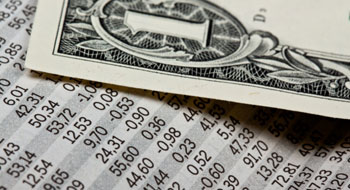

The funding ratio of the typical DB pension plan in the United States increased again during the third quarter of this year.
The ratio rose by more than three percentage points, reaching 91.4%, according to the UBS Global Asset Management US Pension Fund Fitness Tracker. Combined with gains in the first half of 2013, the estimated year-to-date total improvement in funding ratio is almost 14 percentage points.
The boost in funding ratio was due mainly to a 3.6% increase in pension asset values. Liability values are estimated to have decreased by 0.2%.
The American equity market had a solid quarter—the S&P 500 Index earned a total return of 5.2%. Through mid-September, there was a strong upward swing amid signs that the economy is gradually becoming healthier.
But late in the quarter there was a sell-off, after the U.S. Federal Reserve—contrary to market expectations—delayed the reduction of its quantitative easing program because of concerns that the U.S. economy is not yet robust enough.
Europe saw a strong rally in equities driven by a lack of more government bailouts and signs of economic growth. In dollar terms, the Euro Stoxx Index was up 16.4%.
In emerging markets, the slump seems to have subsided, too. The MSCI Emerging Markets Index was up 5.9% in dollar terms. In particular, investors appeared less worried about the outlook for China and other emerging economies.
On the bond side, the yield on 10-year U.S. Treasury bonds increased overall by 12 basis points, ending at 2.6%. The yield on 30-year U.S. Treasury notes increased by 18 basis points, ending at 3.7%.
High-quality corporate bond credit spreads ended the quarter 11 basis points tighter. As a result, pension discount rates (which are based on the yield of high-quality investment-grade corporate bonds) rose marginally, causing liabilities for a typical pension plan to end the quarter basically unchanged.
Related articles:
